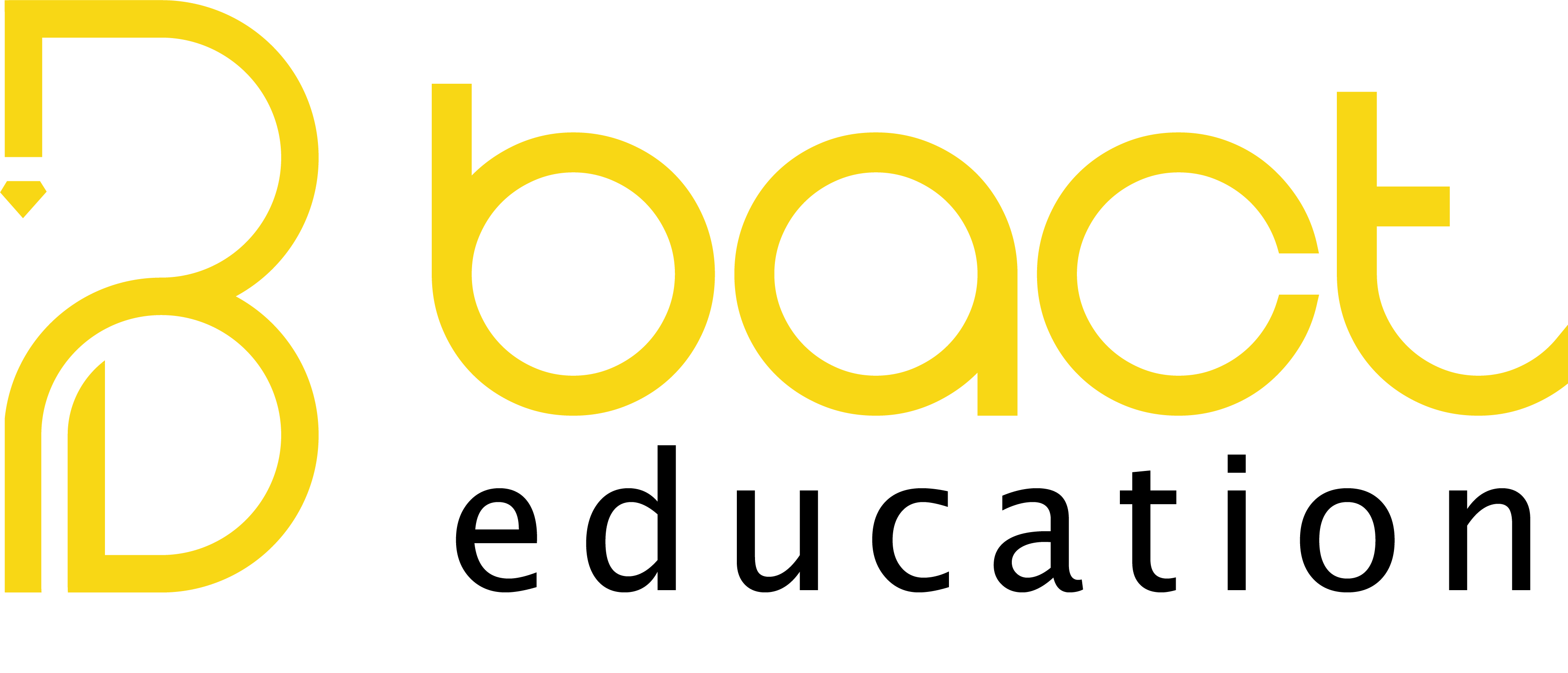## **Introduction: The Digital Revolution in Education**
The integration of digital technology into education has revolutionized teaching and learning, breaking traditional barriers and creating new opportunities for students and educators worldwide. From artificial intelligence (AI) to virtual classrooms, digital tools are reshaping education, making it more **accessible, interactive, and personalized**. This article explores the impact of digital technology on education, key trends, benefits, challenges, and future directions.
—
## **1. The Rise of Digital Learning**
Digital learning refers to the use of technology to enhance education, including:
– **E-learning platforms** (e.g., Coursera, Khan Academy, edX)
– **Virtual classrooms** (Zoom, Google Classroom, Microsoft Teams)
– **AI-powered tutoring** (ChatGPT, Duolingo, Socratic)
– **Gamification** (Kahoot!, Quizlet, Minecraft Education)
**Why it matters**:
– **Flexibility**: Students can learn anytime, anywhere.
– **Personalization**: Adaptive learning adjusts to individual needs.
– **Engagement**: Interactive content increases motivation.
—
## **2. Key Technologies Shaping Education**
### **A. Artificial Intelligence (AI) in Education**
– **Personalized learning**: AI analyzes student performance to recommend tailored lessons.
– **Automated grading**: Saves teachers time on assessments.
– **Chatbots & virtual tutors**: Provide instant help (e.g., ChatGPT for homework support).
### **B. Virtual and Augmented Reality (VR/AR)**
– **Immersive learning**: Virtual labs (e.g., Labster for science experiments).
– **Field trips**: Explore historical sites via VR (Google Expeditions).
### **C. Blockchain for Education**
– **Secure credentials**: Digital diplomas and certificates (e.g., MIT’s blockchain diplomas).
– **Decentralized learning**: Peer-to-peer knowledge sharing.
### **D. Big Data & Learning Analytics**
– **Predictive analytics**: Identifies at-risk students for early intervention.
– **Customized feedback**: Helps teachers refine instruction.
—
## **3. Benefits of Digital Education**
✅ **Accessibility**: Remote learning bridges gaps for rural and disabled students.
✅ **Cost-effective**: Reduces expenses on textbooks and physical infrastructure.
✅ **Collaboration**: Global classrooms connect students worldwide.
✅ **Lifelong learning**: Professionals upskill via online courses (LinkedIn Learning, Udemy).
—
## **4. Challenges & Solutions**
| **Challenge** | **Solution** |
|————–|————-|
| **Digital divide** (lack of devices/internet) | Governments/NGOs providing low-cost devices & free Wi-Fi (e.g., India’s Digital India initiative) |
| **Cybersecurity risks** (data privacy) | Stronger encryption & digital literacy programs |
| **Teacher training** | Professional development in EdTech tools |
| **Screen fatigue** | Blended learning (mix of online & offline activities) |
—
## **5. The Future of Digital Education**
– **Metaverse classrooms**: 3D virtual learning spaces (Meta’s Horizon Workrooms).
– **AI-driven mentors**: 24/7 personalized tutoring.
– **Wearable tech**: Smart glasses for AR learning.
**Quote**: *”Technology will not replace teachers, but teachers who use technology will replace those who don’t.”* —Ray Kurzweil.
—
## **Conclusion**
Digital technology is transforming education into a **dynamic, inclusive, and student-centered** experience. While challenges like the digital divide persist, advancements in AI, VR, and blockchain promise an exciting future. Educators and policymakers must collaborate to ensure equitable access and maximize technology’s potential.
**Call to Action**:
– Schools: Invest in teacher training and infrastructure.
– Governments: Expand broadband access globally.
– Students: Embrace digital literacy as a core skill.

